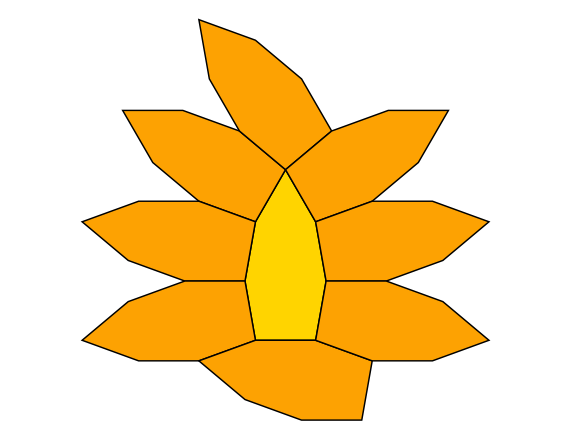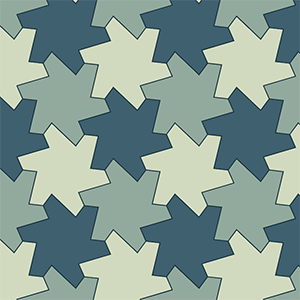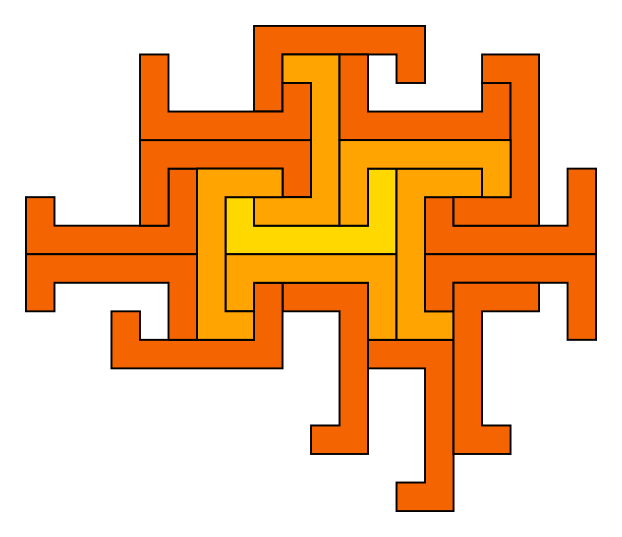Category: Research
-

This post is the fourth and final one in a series about Heesch numbers. Part 1 was a general introduction, and would be a good starting point if you’re unfamiliar with the topic. Part 2 covered exhaustive computations of Heesch numbers of polyominoes and polyiamonds, and likely isn’t needed to understand this final chapter. Part…
-

This is the third post in a planned series of four about Heesch numbers. In the first post, I introduced some of the basic ideas behind Heesch numbers; if you’re not familiar with the topic, you may want to read it before coming back here. The second post was about Heesch numbers of simple polyforms…
-

I love tiling theory. It’s a branch of mathematics that brings together many beautiful ideas, and that offers a lot of open questions for exploration. And of course, it gives us tools to apply mathematics in the world of art and design. Normally, in my research as a computer scientist I apply tiling theory to create…
-

Anybody who has attended a Bridges conference in past ten years will be familiar with the work of Rinus Roelofs. His talks always offer an entertaining contrast: stunning and inspiring ideas in the intersection of geometry and art, balanced with his humble, low-key delivery. It was also Rinus who suggested that I try Rhino3D for…
-

The photo above is a paper model of a polyhedron that I just assembled. The model consists of four dodecagons (12-sided regular polygons) and 12 decagons (10-sided regular polygons). The holes are 28 equilateral triangles that in theory could be filled with more paper. This polyhedron has a few symmetries, and it’s customary in such…
-
Hi, my name is Craig Kaplan. I’m a Computer Science professor at the University of Waterloo in Canada. I’m using my blog as a convenient place to put out a call to comic artists for test images that we could use in our research. My PhD student Matthew Thorne is working on software that could improve state of the…


